Andrew Kang's Enthusiasm: Do DeSci+AI Dual-Attribute Projects Have a Future?
Written by: Deep Tide TechFlow
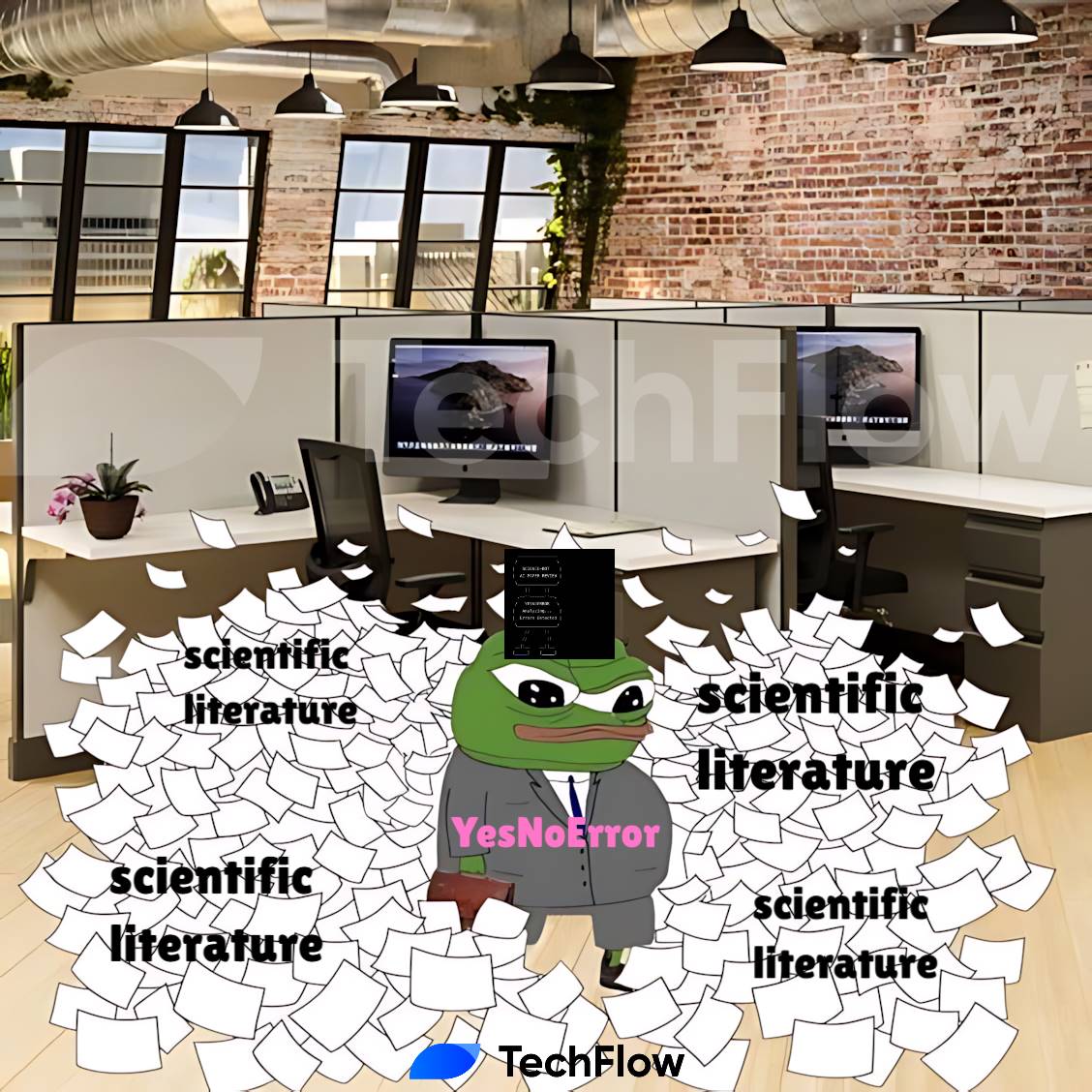
Tomorrow, the long-awaited $BIO will officially launch. As a DeSci project personally backed by Binance, the market is speculating whether the launch of $BIO will drive a bull run in the DeSci sector and siphon off some liquidity from the AI sector.
But are the AI and DeSci sectors necessarily in competition? Not at all. The recently discussed Solana-based project YesNoError has carved out a path that integrates DeSci with AI, using AI technology to review and identify errors in scientific papers.
Its token $YNE reached a market cap of $60 million on the day of its launch on December 20, and was further promoted by the well-known Twitter KOL Andrew Kang (hereafter referred to as AK), with the current market cap around $50 million.
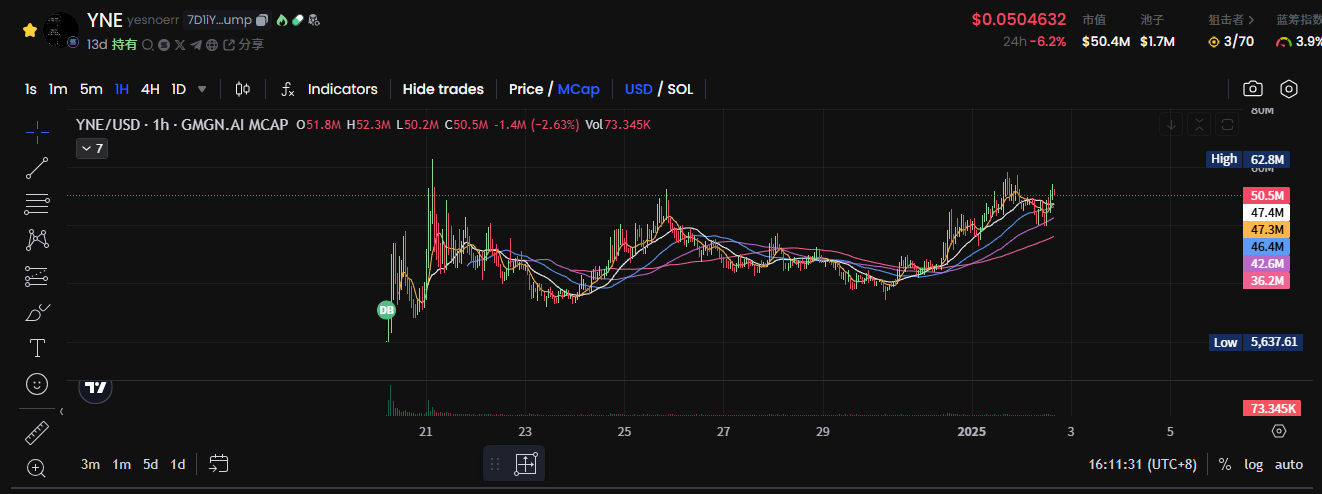
Is AI Review of Scientific Papers Really Necessary?
If you're still unclear about the practicality of YesNoError, a tweet from team member Ben Parr illustrates the necessity of reviewing erroneous information in scientific papers with an example:
In October 2024, a research paper claimed that black plastic kitchenware contained toxins, and this news quickly spread through the media. The Atlantic even published an article titled "Throw Away Your Black Plastic Kitchenware," causing public panic. Even Ben Parr himself began to clean out his kitchenware. However, Joe Schwartz, the director of the Science and Society Office at McGill University, discovered a significant mathematical error in the study—a simple multiplication mistake led to reported toxicity levels being ten times higher than actual levels. This case demonstrates that even seemingly authoritative research can contain significant errors, which can have substantial impacts on the lives of ordinary people.
Using AI technology to review research papers can help avoid these basic numerical calculation errors. YesNoError was born out of this need.
YesNoError was created by Matt Schlicht and uses OpenAI's o1 model as its technical foundation. The project operates straightforwardly: the team uses AI to review research papers and then publicly publishes the identified issues on their website yesnoerror.com and official Twitter.
This transparent operation allows both the scientific community and the public to be promptly informed about potential issues in important research. Although the project has only just begun, it has already achieved some significant results, identifying several errors in research.
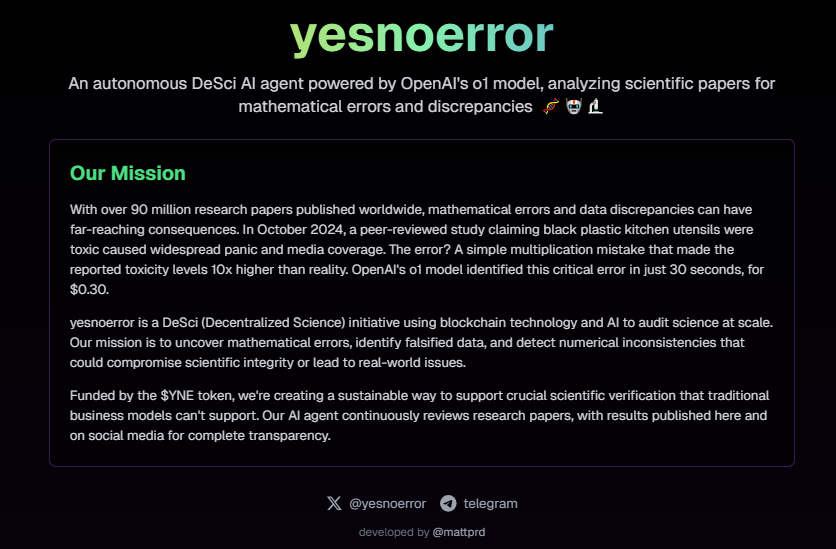
The token $YNE is also endowed with practical use cases, allowing holders to spend $YNE for priority reviews of their papers by YesNoError AI.
As of now, YesNoError AI has reviewed 2,219 papers and has indeed found numerous errors in them.
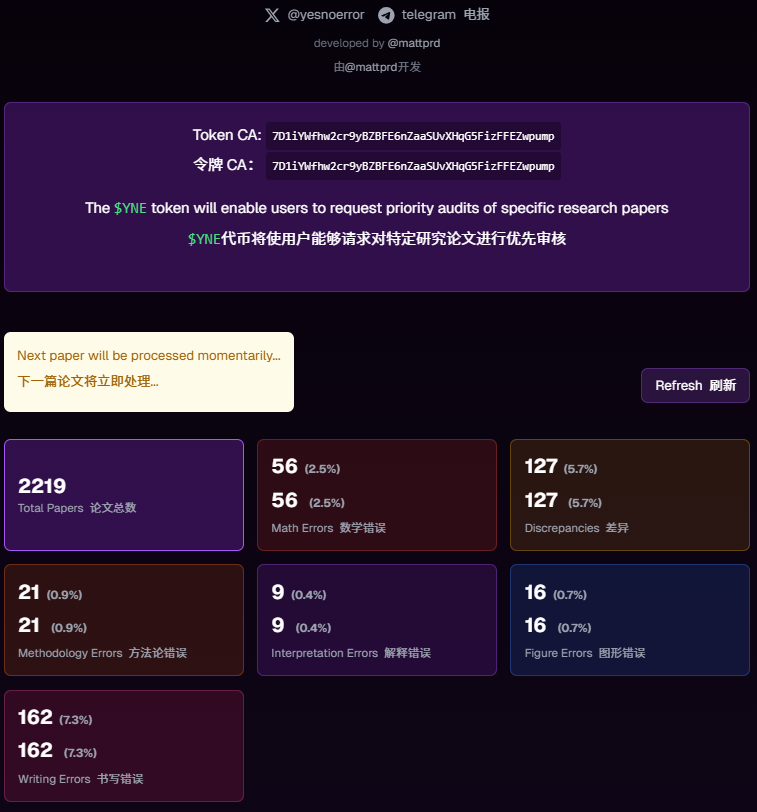
Recognition or Doubt: Voices in the Market
AK is optimistic and promotes the project
On the day of the $YNE token launch, AK, who has always been supportive of DeSci, expressed his appreciation for the YesNoError project.
AK stated, "The core value of YesNoError lies in the real-world application of cryptocurrency x AI x DeSci."
YesNoError leverages the characteristics of the cryptocurrency ecosystem, where capital does not require traditional investment returns. As long as you can attract enough attention, you can secure ample funding. (This is the attention economy; if people are paying attention, there will be buyers for the tokens.)
At the same time, YesNoError has found a great application direction for cryptocurrency. In the right context, tokens are no longer just air but can genuinely support public goods that are difficult to sustain under traditional business models.

Perhaps due to his strong belief (or significant holdings?), on December 31, AK again published an article introducing and praising the necessity and practicality of YesNoError from a data perspective.
AK claimed that YesNoError has the capability to review errors in over 90 million papers in the global scientific literature database, which can be completed in just a few weeks or months. In contrast, manual reviews would take tens of thousands of years, even if a team of 5,000 PhDs were assembled, it would still take nearly a decade (and during that decade, they would not be able to keep up with the pace of new paper publications), with a conservative estimate of needing $5.4 billion.
In contrast, the optimized AI model only requires about $30 million (at $0.30 per paper) to complete a more accurate and standardized review—less than 1% of the cost of manual methods.
In traditional scientific fields, raising $30 million is no small feat, but in the crypto space, it is evidently much easier. (Although it includes many speculative factors, the market cap of $YNE has already reached $50 million in just ten days.)
Currently, the AI agent has reviewed over 1,700 papers, with an error rate of around 3-4%. As it continues to optimize, its processing speed will further improve. Among the 90 million papers, there are likely many important papers containing significant errors, and correcting these errors could have a substantial positive impact on the world.
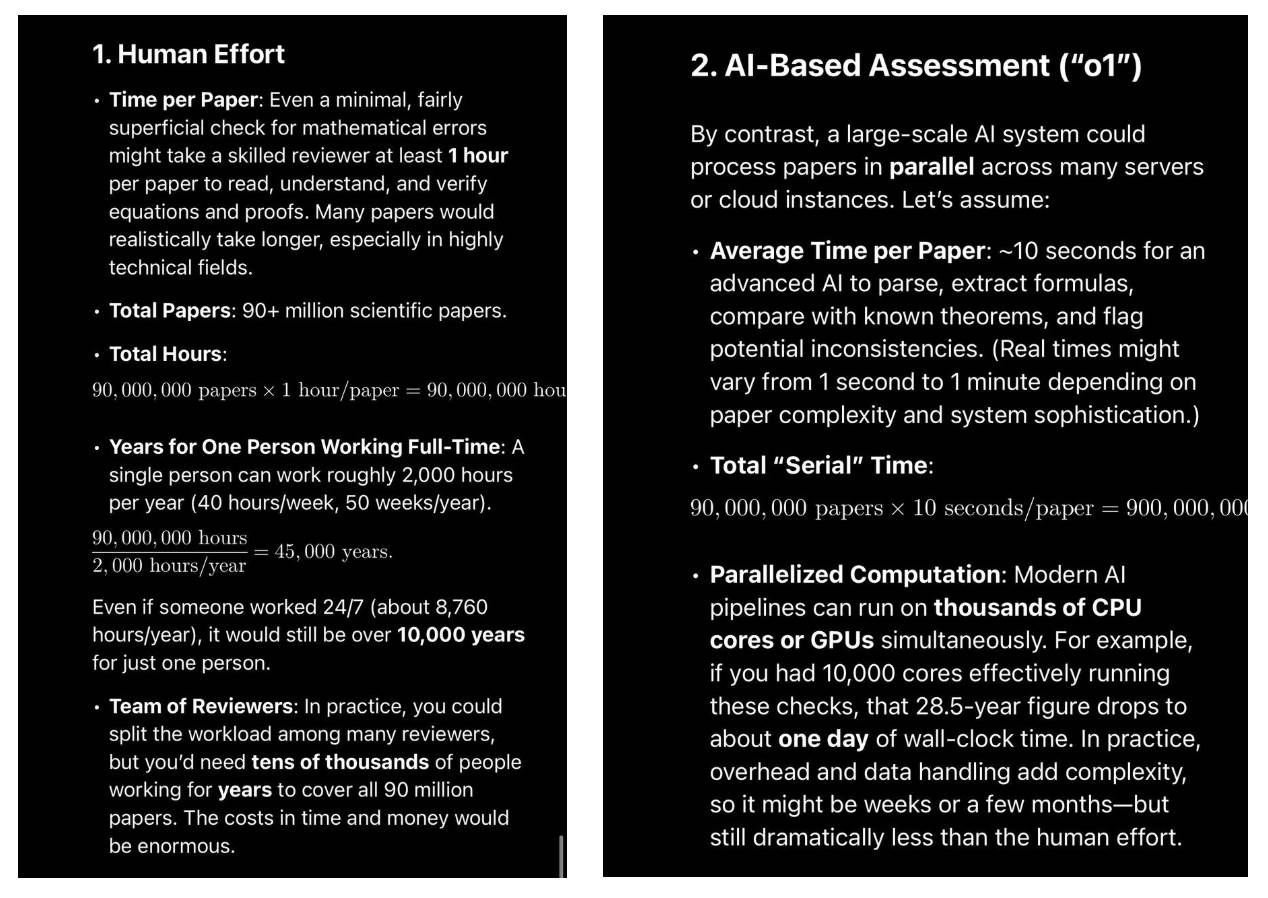
The official account of BIO Protocol also agrees with AK's viewpoint:
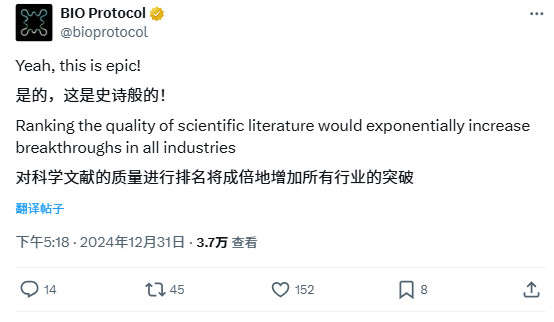
Is it a false demand? Looking at Different Voices
Beyond the optimistic voices, some have questioned the real necessity of YesNoError.
Kyle Samani, co-founder of Multicoin Capital, raised objections in response to AK's promotional article:
Kyle believes that according to the 80/20 principle, only a small number of papers are truly important, and these important papers are unlikely to contain known errors due to the attention they receive.
However, Andrew Kang countered with data. He pointed out that even following Kyle's logic, among 90 million papers, assuming only 5% are important, that still leaves 4.5 million important papers. Even if the error rate among these important papers is only 0.1%, it still means there are 4,500 important papers with errors that need correction. The previously mentioned "black spatula study" case fully illustrates that even impactful papers can contain errors that affect society.
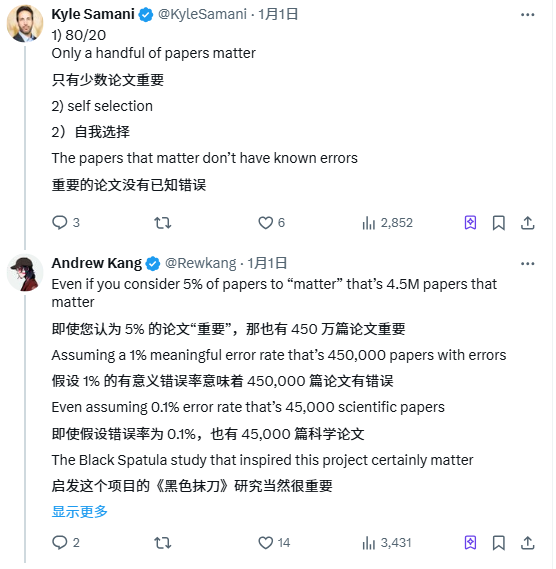
Conclusion
AI reviewing papers is not a new concept; there have been many use cases of AI reviewing papers since the advent of ChatGPT. In the context of cryptocurrency, the emergence of YesNoError may not only address the issue of errors in scientific papers but also lead to some genuine developments in the use cases of cryptocurrency beyond speculation (though it may still be in the early stages, and some value still depends on market speculation).
Returning to market behavior, while many optimistic actions in the market can be summarized as "the butt decides the brain," if a project is genuinely feasible and has practical value beyond speculation, then this "earning money while standing" behavior will likely be recognized by the market.
How YesNoError develops in the future will depend on the project's commitment to continue after the speculative hype subsides. We will keep an eye on it.
We hope to see more projects that benefit the world.
免责声明:本文章仅代表作者个人观点,不代表本平台的立场和观点。本文章仅供信息分享,不构成对任何人的任何投资建议。用户与作者之间的任何争议,与本平台无关。如网页中刊载的文章或图片涉及侵权,请提供相关的权利证明和身份证明发送邮件到support@aicoin.com,本平台相关工作人员将会进行核查。




